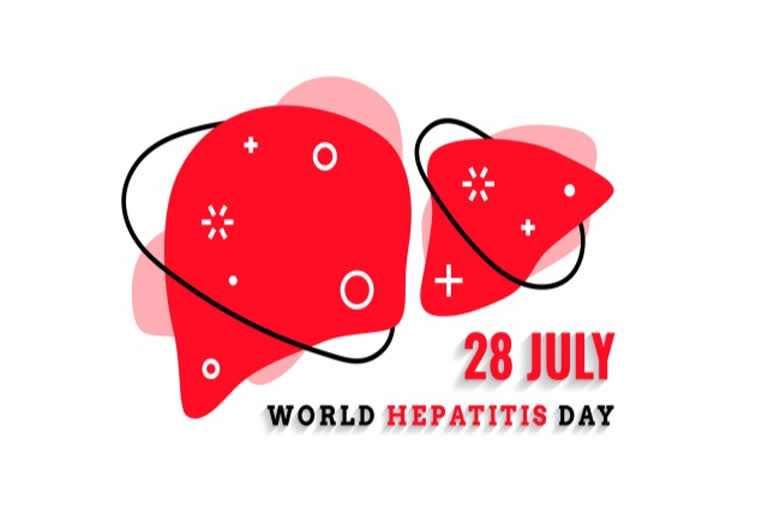July 28th is celebrated every year as World Hepatitis Day and this year, the theme is “Hepatitis-free future”. It is celebrated to raise awareness about viral hepatitis around the globe. A hepatitis-free future is achievable with a united effort. WHO is calling on all countries to work together to eliminate viral hepatitis as a public health threat by 2030. According to the World Health Organisation (WHO), “Together, hepatitis B and C are the most common cause of deaths, with 1.3 million lives lost each year. Amid the COVID-19 pandemic, viral hepatitis continues to claim thousands of lives every day.” And as per its statistics, almost 325 million people are living with viral hepatitis B and C in the world.
The date 28th July has been chosen as it marks the birthday of Dr. Baruch Blumberg, the man who discovered the hepatitis B virus in 1967and two years later developed the first hepatitis B vaccine. He also won a Nobel Prize for the same.
What is Hepatitis?
The World Hepatitis alliance states, “Hepatitis is an inflammation of the liver, most commonly caused by a viral infection. There are five main hepatitis viruses, referred to as types A, B, C, D, and E.” They all affect the liver, however, they differ depending on the severity, mode of transmission, etc. “Chronic hepatitis B and C are life-threatening infectious diseases that cause serious liver damage, cancer, and premature death.”
The organization also states that globally, 90% of people living with hepatitis B and 80% living with hepatitis C are unaware they are living with the disease, resulting in the real possibility of developing fatal liver disease or liver cancer at some point in their lives and in some cases, unknowingly transmitting the infection to others.
Types of Hepatitis
- Hepatitis A
It most commonly spreads through the consumption of contaminated food or water contaminated by feces from another infected person. - Hepatitis B
It is transmitted by contact with infectious body fluids such as blood, vaginal secretions, or semen which contain the hepatitis B virus. - Hepatitis C
It can be transmitted by direct contact with contaminated body fluids usually by injection and sexual contact. - Hepatitis D
It is a serious liver disease, transmitted through direct contact with infected blood. - Hepatitis E
It is a waterborne disease, present mainly in areas of inadequate sanitation and usually results from ingesting fecal matter that contaminates the water supply.
Symptoms
Many people may experience either mild or no symptoms at all. However, in some, symptoms can be severe as well.
Hepatitis A, B, and C may include:
- Fever
- Malaise
- Loss of appetite
- Diarrhoea
- Nausea
- Dark-coloured urine
- Jaundice
- Fatigue
- Abdominal pain
Hepatitis D
It is only found in people already infected with hepatitis B and the dual effect of the virus can worsen the infection and may also accelerate the progression of Cirrhosis. Although, the development of chronic hepatitis D is not very common.
Hepatitis E
- Mild fever
- Loss of appetite
- Nausea, vomiting
- Abdominal pain
- Skin rashes and itching
- Joint pain
- Jaundice
- Dark urine, pale stool
Viral hepatitis can be prevented with early diagnosis, proper treatment, and vaccinations on time. Doctors should ensure the use of fresh and sterilized needles and other medical equipment. Ensure safe sex with your partner, consumption of clean and hygienic food and water, and use of sterilized needles for piercing or tattoos. There is no information if people with Hepatitis B and C are at a higher risk or not, but prevention is better than cure!



